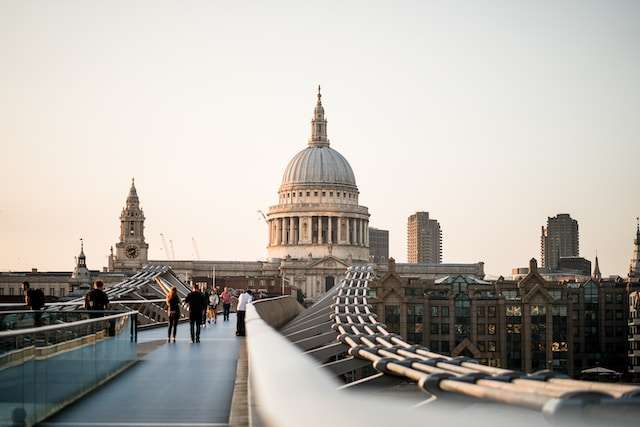London is known the world over for its iconic skyline and architecture but there are so many hidden gems in London which are an amateur photographer’s dream, here is our guide to a few of the most beautiful spots to add to your portfolio.
Neal’s Yard
Neal’s Yard is a tiny courtyard located right in the heart of central London with vibrant multicoloured independent shops and businesses. Named after Thomas Neale, who was gifted the land from King William III in 1690, it wasn’t until the 1970s that Neal’s Yard even appeared on the map, and that was thanks to a man named Nicholas Saunders who started his Whole Food Warehouse in the spot. Until then it had been a grim, rat-infested, derelict yard – a far cry from what you’ll find if you visit the yard today! The colourful buildings, twinkling lights, vivid flowers and carefully curated shop fronts make Neal’s Yard a photographer’s dream and a must-visit location when in London.
Leake Street Graffiti Tunnel
Leake Street Graffiti Tunnel is a free underground street art gallery where artists can showcase and develop their work and style. Hidden underneath Waterloo Station, the tunnel used to be dank and grimy but after British street artist Banksy held a festival there in 2008, known as the Cans Festival, all that changed and Leake Street Graffiti Tunnel was born!
The 300-metre tunnel is London’s largest legal graffiti wall and an ever-changing canvas thanks to its open invitation for artists to practice and perfect their technique. For budding photographers, this makes it the perfect spot to get those cool shots of previously unseen work by up-and-coming artists but be quick- you never know how long a piece will be around!
Royal Naval College
The Old Royal Naval College in Greenwich is instantly recognisable thanks to its Impressive exterior that has been used as a backdrop in many blockbuster movies including Thor II: The Dark World and Sherlock Holmes. As well as snapping pictures of its incredible architecture, the Painted Hall with its exquisite Baroque-style painted ceiling is another highlight not to be missed.
St Dunstan in the East
A Grade I listed building, The Church of St Dunstan was originally built around 1100 with an extension built in 1391 and was repaired in 1631. The church was severely damaged in 1666 by the Great Fire of London and again in the Blitz of 1941. Only a tower and steeple survived the bombing and in the late 60s the City of London decided that rather than rebuild the church, they would turn the ruined remains into a public garden.
As well as being a peaceful spot for reflection in the midst of the city, it’s also a prime spot for photography fans. The vine-covered ruins speak of another time, and trees grow through windows that would have once housed stained glass. Visitors are welcome to take photos and videos during their visit but if you plan to use St Dunstan in the East for an organised photo shoot, you’ll first need to apply for permission.



